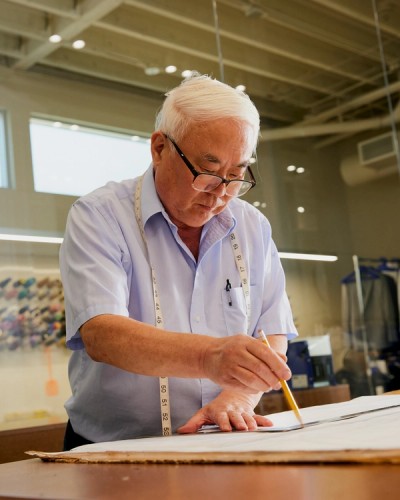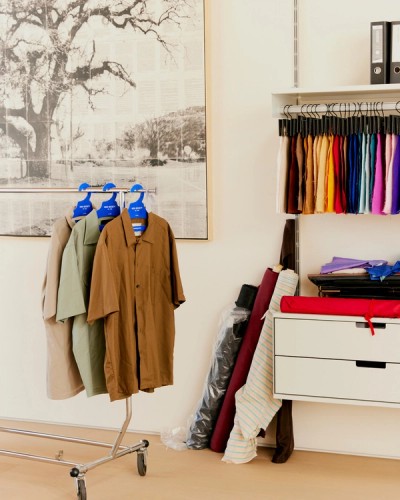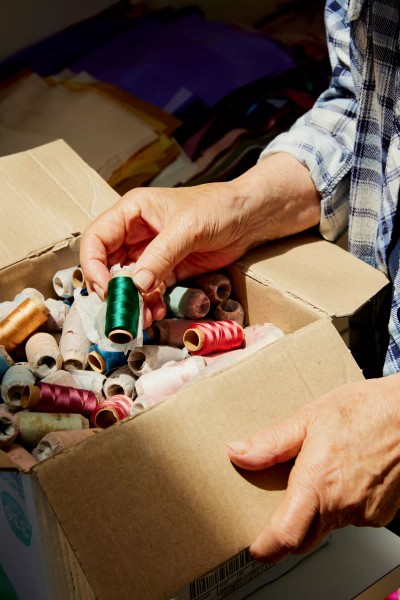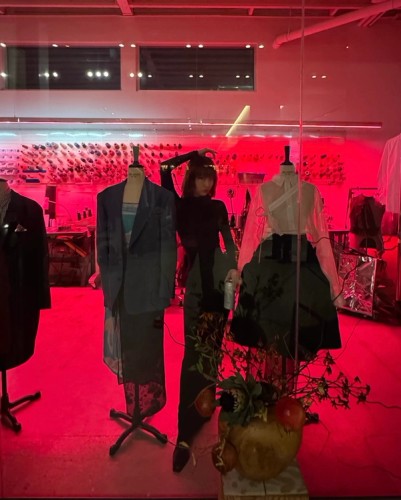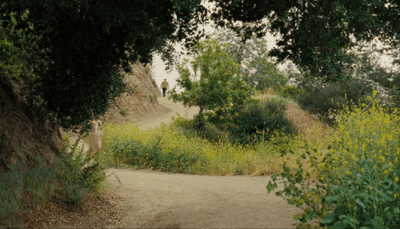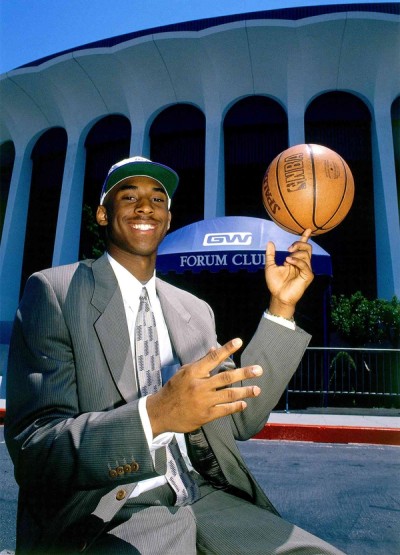Los Angeles Times: High Society
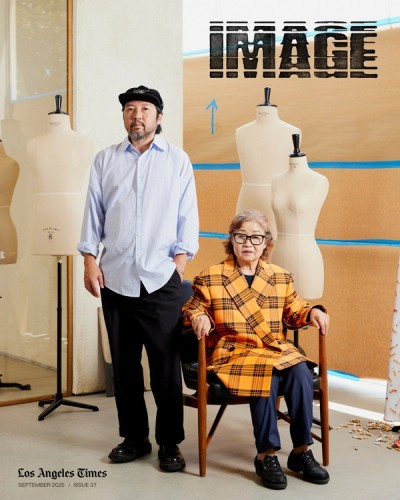
In “In High Society’s hands, tailoring is an intergenerational art,” LA Times writer Evan Nicole Brown explores the deep history and future of High Society, a bespoke tailoring atelier in Los Angeles. Tracing its journey way back from Richard Lim’s arrival from Seoul in 1968, to the present era under his son, David Lim, Brown emphasizes that what truly defines High Society isn’t just their classic bespoke suits or flow of celebrity clientele, but it’s the collaborative spirit that underwrites its craft, a conversation between the past and present, between the maker and wearer.
Brown quotes David Lim describing the bespoke process: “When we present our collection, it still represents our ethos and our aesthetic…people get to see a little more of our voice as a brand, whereas before there was never much of a voice for us.” The collaboration isn’t only between the cutter and client, but also between generational lineages and cultural identities. Brown supplements this by bringing forward voices like Mr. Han, a master cutter who’s been loyal to High Society for over 36 years, whose precision in pattern making, measurement, and fit is purely derived from a life-time’s act of dedication to the tradition. His relationship with the Lim family is exemplary of the kind of artisanal labor often hidden behind tailoring.
Brown also explores the newly unveiled High Society space, examining how the intersection of design and materiality creates an immersive retail-workshop environment. The renovation of the Beverly Boulevard location introduces a concrete storefront, an atelier partially veiled by silk organza dividers, a second floor defined by raw wooden ceilings, and handmade geometric tilework. More than a physical redesign, the project represents a curatorial reimagining of how the brand’s narrative is conveyed.
Brown’s storytelling not only reveals High Society’s deep roots and influence in Los Angeles, but also underscores the larger collaboration at play, one that extends beyond individuals to encompass time, craft, and community. The fabric of High Society is woven from many sources: immigrant tailors, reclaimed materials, clients who see their identities reflected in the makers, and the brand itself as it negotiates its past while shaping its present voice. As Brown notes, “at the end of the day you’re getting something that feels more connected to your personal taste.”
